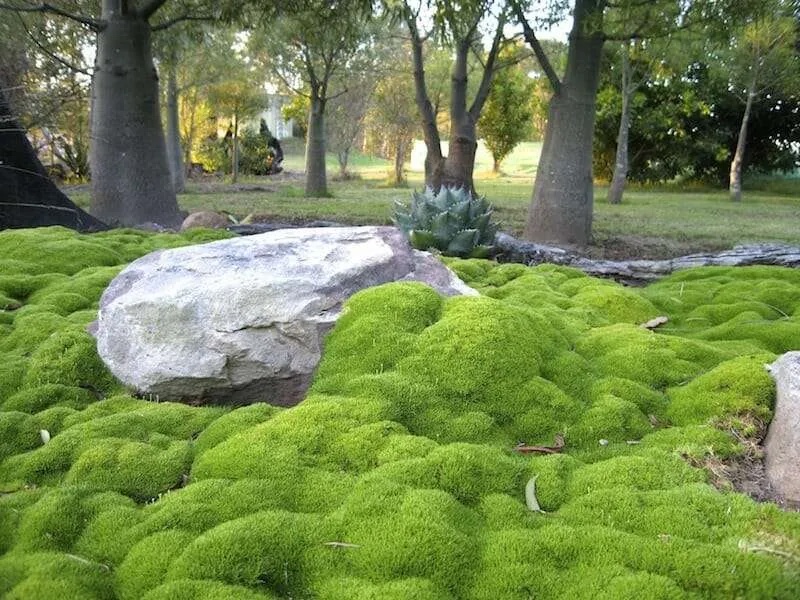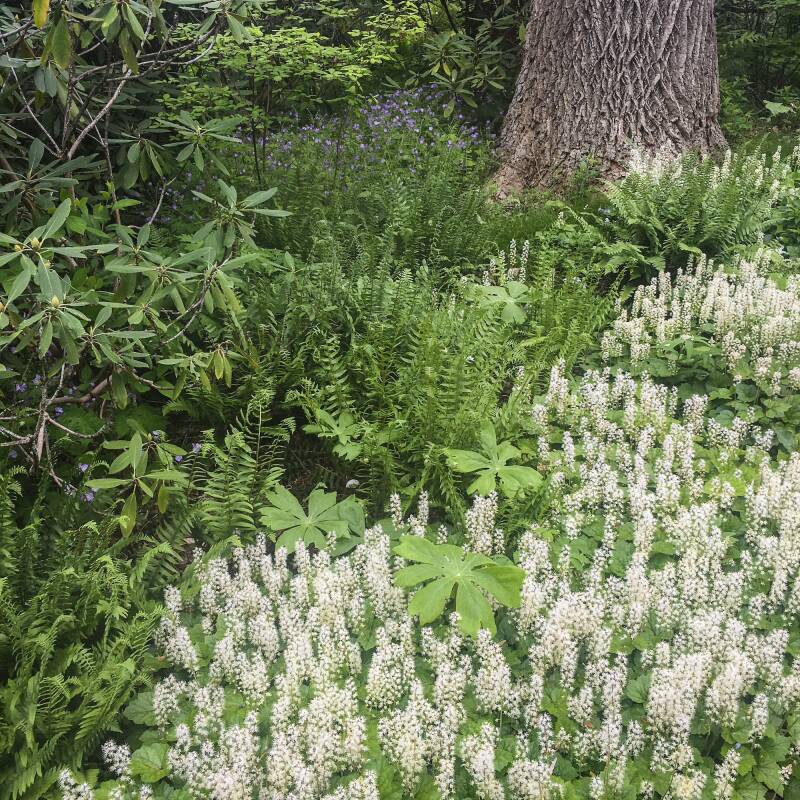String of Watermelon, Senecio herreanus (Curio herreanus)
I couldn’t believe it—another “string of ______ ” plant? I was already familiar with string of pearls, string of dolphins, string of turtles, string of bananas—but string of watermelons? Well, apparently this exists, and I discovered it at my local Sprig garden store where I go to search out unique plant varieties. I knew that string of pearls was a low maintenance and easy to grow succulent, so I assumed this would be, too. And because I have a hard time resisting a unique, versatile plant with a cute common name (just be careful saying its Latin name out loud), I bought one.
Here’s what I learned about this multitasking trailing succulent:

Native to South Africa, string of watermelons is a fast growing succulent in the Asteraceae family. It sports dangling thin stems adorned with chubby leaves that have the purplish striations of a striped mini watermelon. In the spring, tiny white flowers emerge but really this isn’t why you are growing this plant. The main attraction is the notable cascading foliage that can reach more than 12 inches long.
You can plant this succulent outside in warmer regions void of frosts and freezes, in a container, or even as an unconventional ground cover. If you do plant it as a ground cover, the plant will root at the nodes and fill in rather quickly. Pro tip: This plant’s fragile stems make it vulnerable to roughhousing. Take caution when planting to avoid knocking the mini watermelons off, and plant in a spot not frequented by wagging dog tails or tromping feet.
If you are considering planting string of watermelons indoors, make sure to give your plant sufficient bright light about a foot from a sunny window. Pro tip: Less sun creates a greener look and more sun produces stronger striations. And because it is a succulent, make sure you use well-draining potting soil and a container with a drain hole to avoid root rot. Outdoors, this plant appreciates bright light or filtered light but definitely sheltered from harsh afternoon sun. This plant’s desire for shady spots makes it ideal for those who love succulents but have shady gardens. And definitely consider this plant and it’s trailing cousins your go-to spiller plant.
Cheat Sheet

- This plant’s easy nature makes it a perfect succulent for beginners.
- Use it as an unconventional ground cover outside where the stems will easily root and spread.
- Mildly toxic if ingested, so keep away from nibbly pets and curious kids.
- The relaxed habit is perfect planted in containers (either indoors or outdoors) where the stems can drape over.
- Perfect plant partners include Sansevieria and Sago palm.
Keep It Alive

- Hardy in USDA Zones 9-12.
- The best light is very bright and indirect.
- Use cactus/succulent soil mix to ensure fast drainage.
- Drought tolerant but make sure you completely saturate the soil then let it dry out again before giving it another drink of water.
- Sometimes this plant prunes itself when its stems accidentally break off from excess water or manhandling. You can also trim this plant to remove dead stems or to shorten its length.
- If planted indoors, watch for pesky mealy bugs and aphids.
For more on succulents, see:
- Gardening 101: Burro’s Tail Succulent
- Succulents: 8 Tips to Help Your Favorite Indoor Plants Survive Winter
- DIY: Propagating Succulents from Leaves














Have a Question or Comment About This Post?
Join the conversation (0)